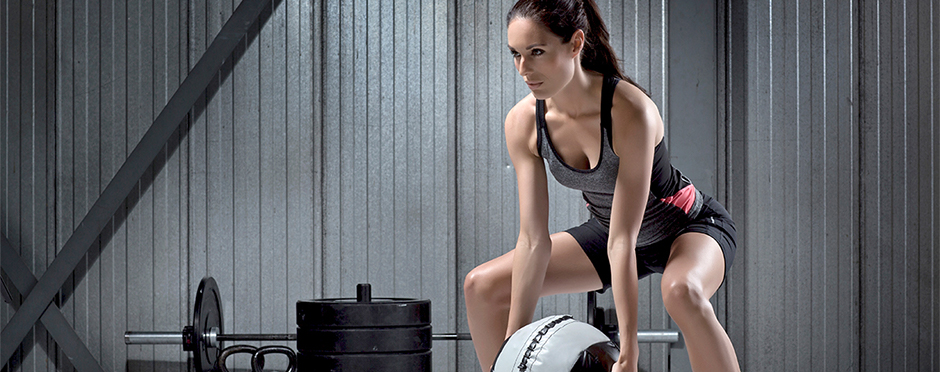
Stronger than Yesterday: The Squat (Infographic)
Leave a CommentBeginning a new strength training routine can seem overwhelming, especially when deciding what movements to incorporate.
Confidence is tested when someone is unsure what to do or if they worry whether they are completing an exercise correctly. Both are common concerns for many, and if you have ever felt this way, you are surely not alone. This blog addresses one of the most fundamental elements in strength training: the squat. Executing this properly will aid in injury prevention and provide a solid base for developing strength to reach the goals you have set. First, it is important to learn the benefits of this movement.
Benefits of squatting:
The squat develops the hamstring, quadricep, glute and adductor muscles. These muscles are associated with movements like running, walking, pushing, jumping and pulling. As the muscles develop, so too can the overall quality of movement. Squatting will allow the body to work more efficiently as strength develops. Squatting increases:
 Metabolic functioning as it requires the use of multiple muscles, increasing energy expenditure and insulin sensitivity at the tissues
Metabolic functioning as it requires the use of multiple muscles, increasing energy expenditure and insulin sensitivity at the tissues- Balance and coordination that can reduce the risk of falling
- Bone density that also decreases the risk of osteoporosis
- Overall movement abilities1
If you are in the process of building a strength training routine, the squat is an excellent exercise to incorporate. Its versatility means it can be practiced as a body weight exercise or paired with equipment for a greater challenge. This is an ideal movement for people of all ages, skills and limitations.
How to perform the squat:
The squat is a movement that recruits many of the body’s muscles, making it a prime exercise for strength and growth. It is also a daily movement most do without thinking about it (getting in and out of a chair). In fact, a chair can be a great place to start practicing this exercise. Consider the following cues when squatting and check out the infographic below for a visual guide on how to perform:
- Step your feet roughly shoulder width apart
- Turn the toes out about 30 degrees, allowing the knees to follow the direction of the toes
- With the chest lifted and the core tight, begin to unlock the knees and the hips
- Allow the hips to travel backwards until you reach the bottom of your squat keeping the weight over the center of the foot
- Squat depth will depend on factors such as injury, age, mobility and anatomy
- Keeping these cues in mind, it is important to aim for a depth that reaches parallel or slightly below parallel (if possible)
- The depth achieved in a full squat allows for greater use of muscle tissue to build strength, prevent injury and create a larger overall adaptation to the movement
- As this exercise becomes progressively easier a variety of equipment can be added to create multiple varieties of the same movement2
- Editor’s note: Adding resistance in the form of barbells, dumbbells, ropes or bands to any movement allows the body to build greater strength. Before adding resistance to the movement, however, it is recommended practicing the squat as a bodyweight exercise to ensure it is executed correctly.
Examples of the squat include:
- Barbell back squat
- Barbell front squat
- Goblet squat
- Dumbbell squat
If you would like to learn more about strength training from an Athletico Physical Therapist near you, use the button below to request an appointment!
The Athletico blog is an educational resource written by Athletico employees. Athletico bloggers are licensed professionals who abide by the code of ethics outlined by their respective professional associations. The content published in blog posts represents the opinion of the individual author based on their expertise and experience. The content provided in this blog is for informational purposes only, does not constitute medical advice and should not be relied on for making personal health decisions.
References:
1. Mercola, Joseph. “Squats: 8 Reasons to Do This Misunderstood Exercise.” 25 May 2012. Peak Fitness. 28 December 2016. <http://fitness.mercola.com/sites/fitness/archive/2012/05/25/darin-steen-demonstrates-the-perfect-squat.aspx>.
2. Rippetoe, Mark. Starting Strength Basic Barbell Training 3rd Edition. Wichitaw Falls: The Aasgaard Company, 2011.
